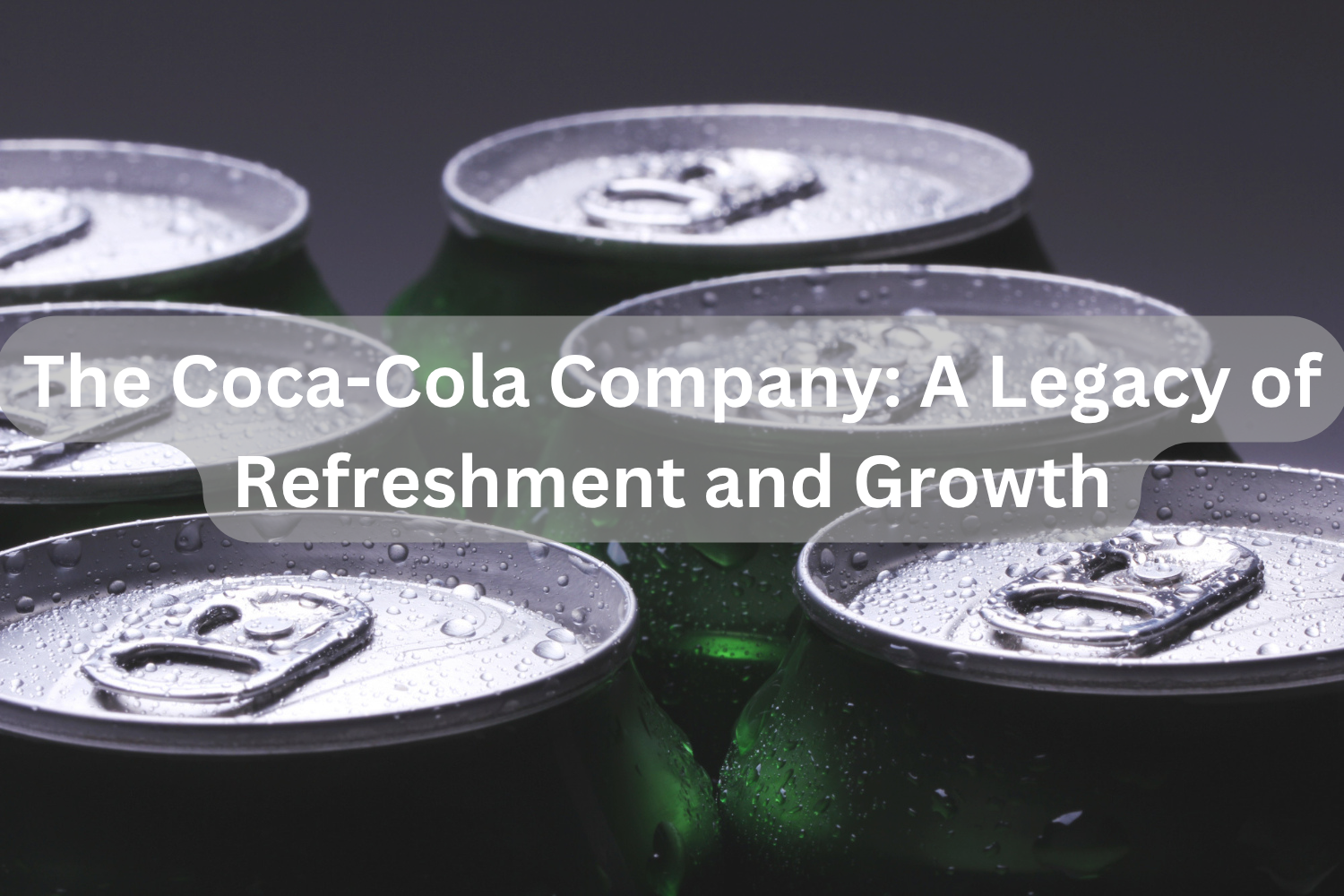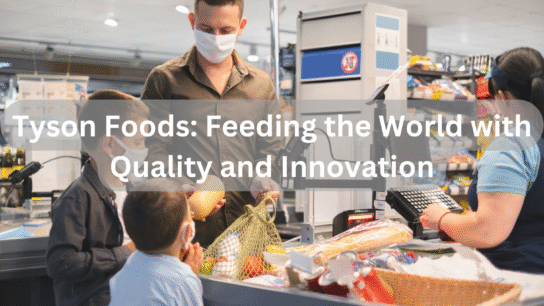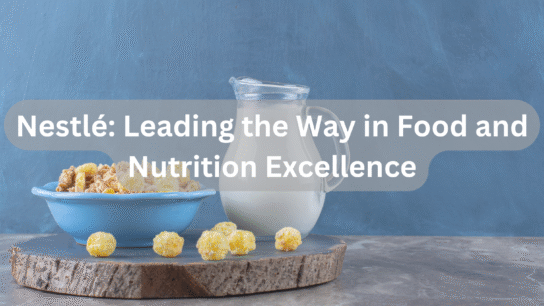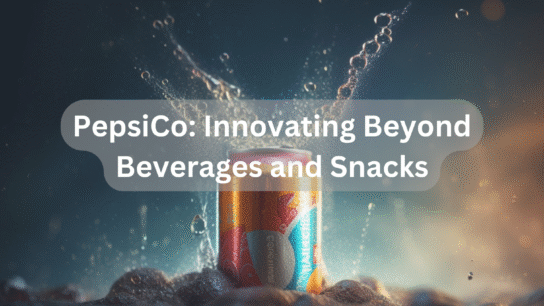Introduction
For most people, Coca-Cola is synonymous with a bright red logo, a fizzing sound, or those heart warming holiday adverts that feature Santa Claus or polar bears. But Coca Cola is a lot more than a drink, it is also a symbol of joy, innovation and globalization. How did this simple medicinal tonic go from being a darling of Southeast Asia to arguably one of the most recognized and celebrated brands on the planet? In this article, we talk about the history of The Coca-Cola Company from its origins to powerful global impact and its marketing marvels and the challenges it faces to stay relevant.
The Origins of Coca-Cola
How It All Started: The Birth of a Beverage
In 1886, Coca-Cola story started when Dr. John Stith Pemberton, an Atlanta Georgia pharmacist, looked to create a unique beverage that not only cured headaches and boosted energy but also had a slightly different flavor like no other. So he concocted a syrup and combining that with carbonated water he had a drink that was considered very refreshing to drink. First sold at Jacob’s Pharmacy as a medicinal tonic – a cure for fatigue and indigestion – the drink is printed’ to be served cold, with soda,’ notes Moscato.
Pemberton’s bookkeeper, Frank M. Robinson, also designed the iconic script logo, and came upon the name ‘Coca-Cola’. The name referred to the drink’s two key ingredients: coca leaves and kola nuts. The formula was then perfected over time, then removed from medicinal claims and promoted as a refreshing drink.
The First Bottle and Early Marketing Strategies
Coca-Cola’s success owes much to Asa Candler, a businessman who acquired the company in 1888. Candler understood the power of marketing and was the first to aggressively promote Coca-Cola. He distributed free drink coupons, placed advertisements in newspapers, and even gave away branded merchandise like calendars, clocks, and fans.
In 1894, Joseph Biedenharn became the first to bottle Coca-Cola, making it more portable and accessible. By the early 1900s, bottling plants were established across the U.S., ensuring the drink reached more customers.
Expansion and Global Reach
Coca-Cola’s Journey Beyond the United States
In 1906, Coca-Cola took its first steps of its way to becoming a global brand when it opened bottling plants in Cuba, Canada, and Panama. In the mid 20th Century Coca Coca had become a global brand, existing in over 50 countries. Part of its expansion so swiftly was down to its franchise model, where local bottlers were asked to brew and distribute the drink to detailed quality standards.
Building a Global Brand Identity
Coca-Cola has one of its greatest strengths in its ability to appeal to people in different cultures at the same time being able to maintain a consistent brand identity. Therefore the brand accomplished through creating universal messages that centered on happiness, friendship and celebration—passions that transcend cultural differences.
Regional Adaptations and Cultural Impact
Coca-Cola doesn’t only sell a drink; they add themselves into the culture of the region that they enter. For example, in Japan, Coca-Cola has a range of tea based drinks, in India, the company launched a local cola brand called Thums Up. Coca-Cola can adapt to the various tastes of consumers as evidenced by these adaptations.
Furthermore, Coca Cola usually becomes a symbol of the modern world and globalization. Its products cross the divide and provide everyone from people living in corners of the world, remote villages, and bustling cities a shared experience.
The Product Portfolio
Beyond Cola: A Diverse Beverage Lineup
Coca-Cola’s flagship product is its classic cola but the company has diversified a lot. It has popular brands in its portfolio including Sprite, Fanta, Minute Maid, Powerade and Dasani. Along with this, the company has premium brands that include Costa Coffee and Honest Tea, which strive to serve the diverse taste.
As an ever changing market, Coca-Cola has the strength and ability to attract the same market it attracted in 1886, allowing it to continue to cater for every type of consumer, from the sugary sodas lovers, to the low calorie and plant based drinks fans.
Innovations in Product Development
The beverage industry is changing quickly and Coca-Cola has always been in the vanguard of innovation. The company has always stayed ahead by listening to what consumers want through launching Diet Coke in the 1980s, and more recently Coca-Cola Zero Sugar and AHA sparkling water.
Additionally, Coca-Cola has put its money on smart packaging like 100% recycled plastic bottles and doing this, the company has clearly pointed itself toward the future of sustainability.
Marketing and Advertising Strategies
Iconic Campaigns That Made History
Coca-Cola’s advertising has always managed to be two steps ahead of the curve. In the 1970s memorable campaigns like “I’d Like to Buy the World A Coke” offered up universal themes of peace and unity. From the success of the “Share a Coke” campaign which personified bottles with popular names skyrocketing into a viral sensation, customers have started wishing that not just Coca-Cola is globally available, but ever other brand, too.
In the Roaring Twenties and the Great Depression of the 1930s, Coca Cola first rolled out its Santa Claus, which would become one of the best and most memorable holiday icons. It was to this brilliance and use of branding that Coca Cola owe their fast entry into the Christmas drink staple.
Leveraging Social Media in the Digital Age
Founded in 1886 in Atlanta, Georgia, Coca Cola has always used social media to communicate with its public. The brand remains relevant to younger generations by running campaigns like #TasteTheFeelling and constructing interactive content on Instagram and TikTok. By using social listening tools, the company actively engages with customers in real time, and works to respond to their feedback.
Celebrity Endorsements and Collaborations
Over the years, Coca cola has teamed up with celebrities, athletes and big organizations to increase its width. Coca-Cola has leveraged its global appeal by collaborating with stars such as Taylor Swift and by undertaking campaigns linked to big occasions like the FIFA World Cup.
Corporate Social Responsibility (CSR)
Coca-Cola’s Environmental Initiatives
Coca-Cola’s “World Without Waste” is just taking a bold step towards sustainability. By 2030, the company wants to recover one bottle or can for every one it sells, and to have all the packaging it uses recyclable. Moreover, Coca-Cola devotes its efforts to water conservation projects, and renewable energy, as well as to reduce its own environmental footprint.
Community Engagement and Charitable Efforts
In addition to everything that Coca-Cola is doing in the area of environmental issues, it is also a deeply community development involved company. The Coca-Cola Foundation, a company’s fund, provides support for education projects, disaster relief, and programmes for empowering women to set up businesses, particularly in developing countries.
Challenges and Controversies
Navigating Criticism and Market Challenges
The company has been the target of criticism about its contribution to problems such as obesity and diabetes in places where sugary drinks dominate. There have also been environmental concerns regarding plastic waste and water usage.
Adapting to Changing Consumer Preferences
However, with consumers opting for a more healthier lifestyle now, Coca-Cola has expanded its product range to include low sugar, organic as well as plant based options. It is also keen on investing in research and development to expect coming trends.
The Future of Coca-Cola
Embracing Sustainability in Business Practices
Recent initiatives from Coca-Cola include a reduction of carbon emissions, switching to plant based materials for its packaging. Today’s market demands sustainability, and the company knows that it’s more than simply a responsibility — it’s the path to a competitive advantage.
Upcoming Trends and Innovations
Ahead, Coca-Cola is studying artificial intelligence and data analytics to formulate custom made drink choices. The company is putting money into hybrid beverages that have the benefits of health but with great taste targeted to a new generation of healthy consumers.
Conclusion
A story of resilience, innovation and even cultural significance. Despite the transformation from a pharmacy to the face of global fashion, the brand still sees much the same acclaim today. From its varied product offerings to eye catching marketing techniques to its dedication to sustainability, Coca-Cola is not going mad, it’s just staying ahead of the curve. As it looks to the future, one thing is clear: And we actually exist to make the happiest moments of your life the happiest.
Frequently Asked Questions
Q: When was Coca-Cola founded?
A: Coca-Cola was founded on May 8, 1886, in Atlanta, Georgia, by Dr. John Stith Pemberton.
Q: How many products does Coca-Cola offer globally?
A: Coca-Cola offers over 500 brands and thousands of beverage options across more than 200 countries.
Q: What are Coca-Cola’s sustainability goals?
A: Coca-Cola aims to recycle all its packaging and make 100% of its products recyclable by 2030 under its “World Without Waste” initiative.
Q: Why is Coca-Cola considered a marketing pioneer?
A: Coca-Cola has set benchmarks in advertising through innovative campaigns, emotional storytelling, and strategic use of media to create lasting brand connections.
Q: How does Coca-Cola adapt to cultural differences worldwide?
A: The company tailors its products, flavors, and marketing campaigns to align with local tastes and cultural preferences while maintaining a consistent global brand identity.





